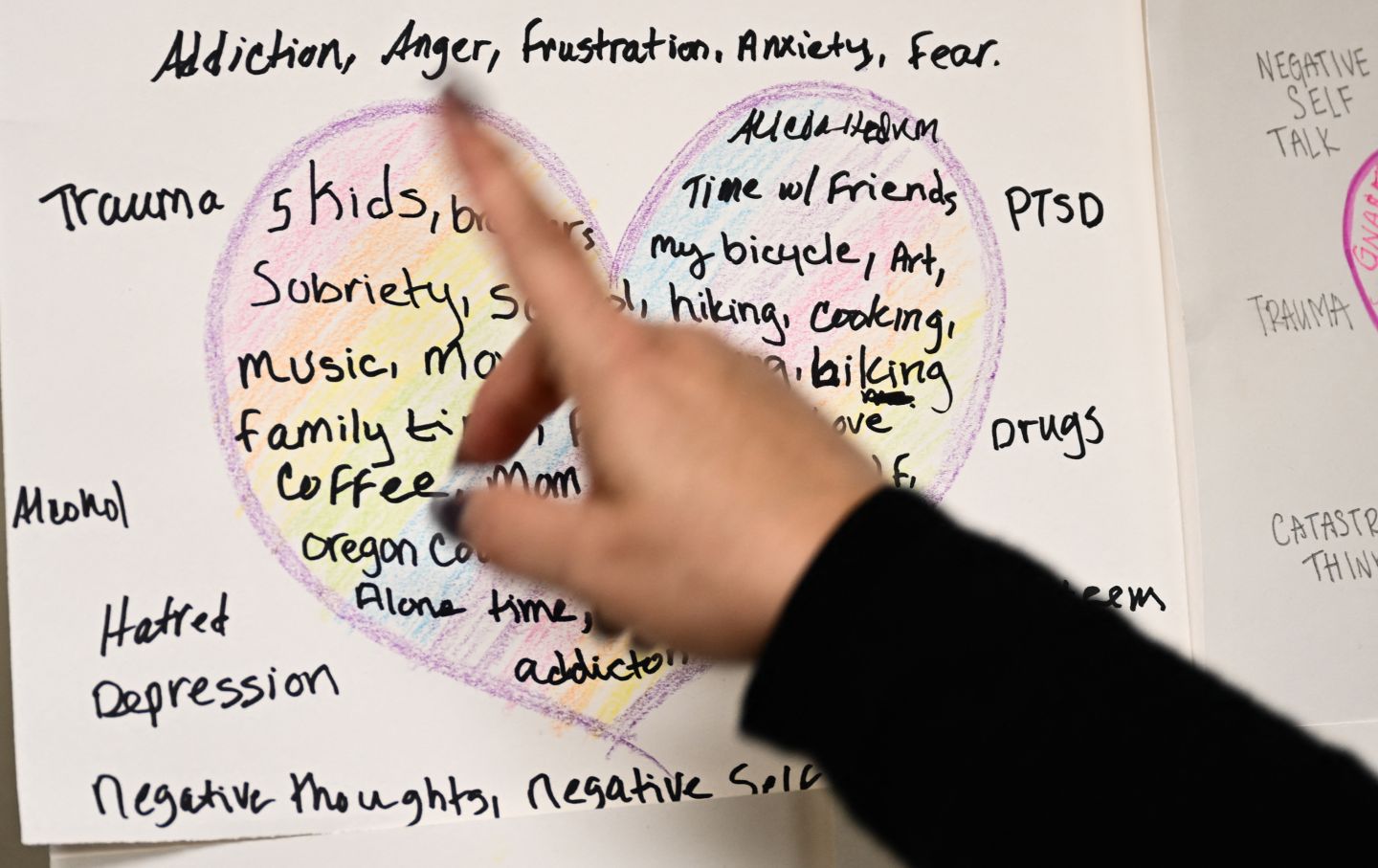
[ad_1]
The state’s landmark decriminalization initiative wasn’t given a real chance.
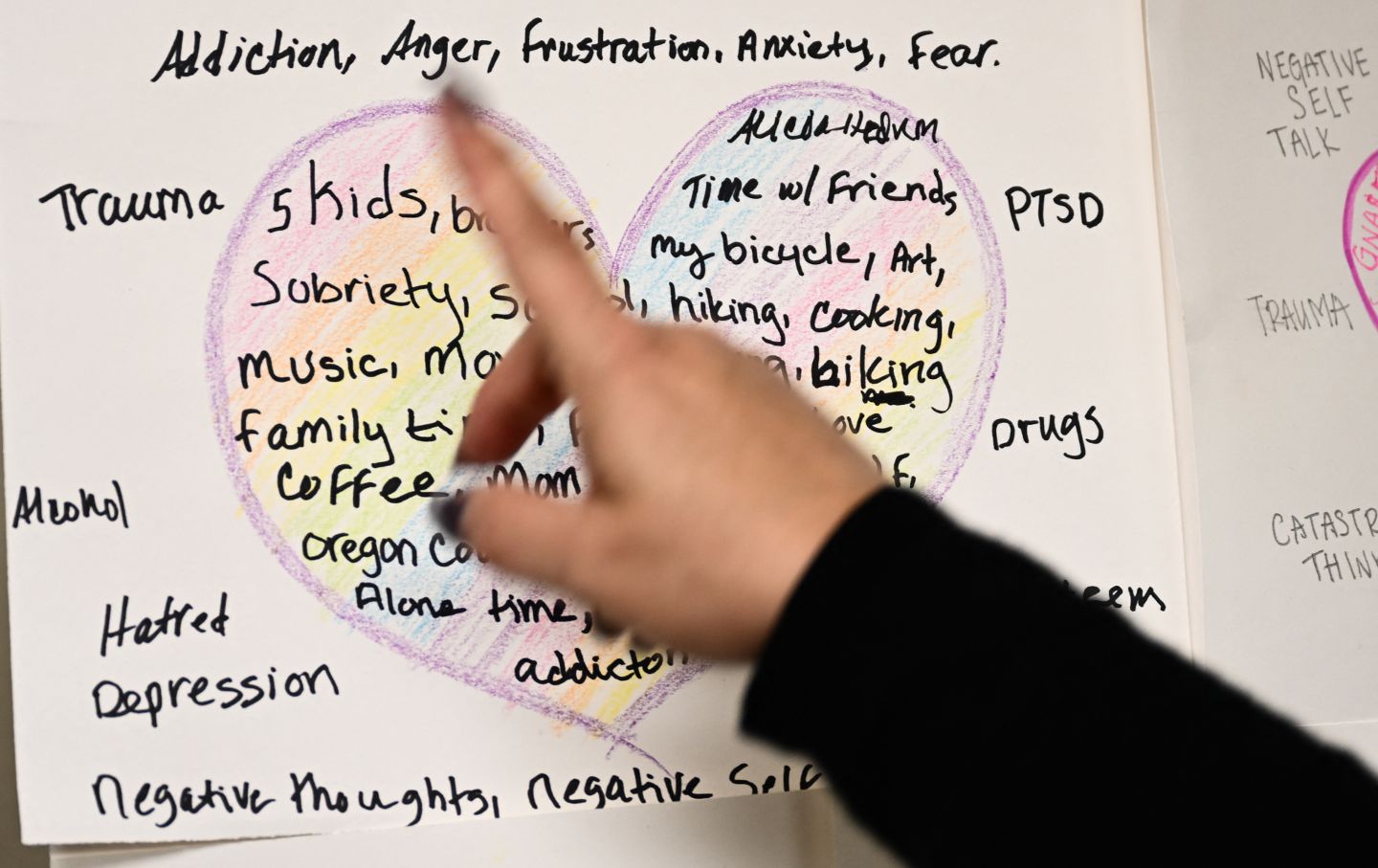
Portland, Oregon—Measure 110, the landmark statewide drug decriminalization initiative that Oregon passed in 2020 with 58 percent of the vote, had no sooner gotten off the ground than its most prominent plank—which decriminalized the possession of small amounts of drugs—was scuttled by the state Legislature this past April. House Bill 4002 recriminalizes “user” amounts of drugs, allowing people to avoid jail time of up to six months only if they seek treatment right away, while leaving in place the grant funding for low-barrier treatment programs created by Measure 110. Its legislative sibling, HB 5204, sets aside $200 million to fund various aspects of the bill, including additional treatment programs, on top of the $302 million that Measure 110 allocated. HB 4002’s deflection program, which allows people to be directed to treatment centers before arrest, is opt-in on a county level, so residents of some counties have limited alternatives to jail.
The way Measure 110 was implemented has been widely decried by both its supporters and opponents. It promised to replace jail time with recovery, wiping out a $100 fine for drug possession if people called a hotline to access treatment. But this assumed that Oregon had treatment to offer. After decades of state and federal disinvestment in social services, Oregon was ranked 50th in the nation for the availability of substance-use treatment and 49th for that of mental health treatment. The state’s public-private-nonprofit patchwork left people who wanted help facing long waiting lists, onerous requirements like separate psychiatric evaluations, and poor coordination between providers. Measure 110’s funding was intended to address this, but the details of the program had to be hashed out in only 13 weeks before decriminalization went into effect on February 1, 2021. Legislators on the implementation committee scrambled to set up a process to provide grants to new Behavioral Health Resource Networks, county-based programs that would offer substance-use treatment, peer support, harm reduction, and other services.
Related Article
-
The Past 2 Years Have Left Portland Reeling. What Kind of Recovery Comes Next?
Zoë Carpenter
The timing was catastrophic. Fentanyl had hit like a hurricane in Oregon roughly at the time that Covid did, and overdose rates were soaring. Meanwhile, Covid strained the healthcare system and aggravated the state’s huge housing shortage and affordability crisis. Studies of Measure 110 data have not found that drug decriminalization was the cause of the rise in usage or overdoses (some surveys showed that many habitual users of drugs were not even aware they had been decriminalized), but the connection was easily forged in the public consciousness. Crime has actually gone down in Oregon since 2021, but there is an increased visibility of drug use and encampments even in the most affluent neighborhoods.
Current Issue

Piecemeal funding systems also jammed up Measure 110. Inpatient programs and withdrawal management (detox) programs that could be billed to insurance or Medicaid were ineligible for Measure 110 money, making it difficult to use Measure 110 to expand these desperately needed services. Despite the initial rush to stand up the program, it took two years for the funds to begin flowing to the grantees.
In the fall of 2023, a coalition of wealthy Oregonians including Phil Knight (Nike), Tim Boyle (Columbia Sportswear), and philanthropist Jordan Schnitzer put their collective thumb on the scale. Led by Dan Lavey, a consultant behind a dark-money, pro-business political group called People for Portland, the group contributed $700,000 and a significant PR push to two proposed ballot measures that would put punitive drug laws back on the books. Polling found that Oregonians were fed up and would likely support a repeal of Measure 110. Andy Ko, the executive director of Partnership for Safety and Justice, summed up the mood of the voters thus: “I know the War on Drugs was racist. I know it doesn’t solve the problems. I know it’s services that we need, but I’m scared and I just want more cops.” Democrats in the state Legislature began scrambling to modify Measure 110 in a way that might satisfy its critics. When it was clear that the anti-110 coalition was determined to push a measure to overturn it onto the 2024 ballot, Democrats decided that preemptive legislative action was the way to head it off. And so HB 4002 was born.
Lawmakers who didn’t want to overturn Measure 110 lobbied to tone down the language of HB 4002. Floyd Prozanski, a long-serving Democratic state senator, tried to insert a sunset clause to revert to decriminalization, without success. But advocates for Oregonians of color felt that they were excluded from the process. Measure 110 was heralded in large part because Black and brown people had been disproportionately criminalized by the drug war. A 2016 study found that Native Americans in Oregon were convicted of felony drug possession at five times the rate of white people. Black people, who make up 2 percent of the population in Oregon and have drug usage rates similar to those of white people nationally, were convicted of drug offenses at twice the rate of white people in Oregon. Now even liberal politicians seemed to forget these facts. “What was most galling about this is to have [the stakeholders involved] tell [lawmakers] that there were going to be disproportionate racial implications of this piece of policy and still have it move forward,” said Jennifer Parrish Taylor, the director of advocacy and public policy at the Urban League and a member of the Oregon Public Defense Commission. “You know internally that racism exists and anti-Blackness exists, but to see it in real time hits differently.”
Oregon police opposed Measure 110 and lobbied hard for HB 4002. Dave Henslee, a former police chief in rural Klamath County who is now running for State Senate, argued that police had no reason to enforce Measure 110 or see it succeed. “The person wasn’t going to go to court, they weren’t going to go to treatment, but yet the police officer had a two-hour police report to write and drugs to put into evidence,” he reasoned. “So the fiscal impact to agencies, to cities and counties to process that charge wasn’t worth it. There’s no return on an investment.” Oregon has a shortage of jail beds and an even greater shortage of public defenders. Some see new opportunities in recriminalization. Nathan Sickler, a sheriff from Jackson county and staunch critic of Measure 110, has been on a years-long quest to build a large jail in his county, a project that has been revived by end of decriminalization.
Some treatment providers supported HB 4002 because, in their view, it reinstated “accountability” into the treatment landscape. Chris Wig, the executive director of a network of nonprofit treatment centers in Lane and Linn Counties, was able to use Measure 110 money in innovative ways, establishing an outpatient treatment program serving LGBTQIA2+ patients—precisely the kind of culturally specific program that Measure 110 was, in part, intended to set up, and which it will continue to fund. Nonetheless, he supported HB 4002; in his view, some people require “the touch of the justice system” to stop using drugs. He is a passionate advocate of drug courts, which have been the main referrers of clients to his centers.
Ad Policy
Aaron, a lifelong Oregonian who lives in his van near my house in Portland and has supported a loved one through fentanyl addiction, has a more jaundiced view of the justice system: “If they’re going to jail, they’re not coming out the same. Every time you go in, it’s a little bit worse. It builds up a callus.”
Josette, another Portland resident, stopped using meth, crack cocaine, and alcohol four years ago and now works two jobs serving low-income and unhoused people. She is horrified by fentanyl and xylazine, drugs so powerful that any deterrent to treatment can be fatal. Until September, Portland had only two withdrawal management (detox) centers that accept Medicaid. A newly opened third has only 16 beds. Josette pointed out that they fall far short of what people need: “You detox, you release back out on the streets…Right across the street are people camped out flying on drugs and using drugs. Literally as soon as you walk out the door.” Meanwhile, there are treatment facilities that don’t allow clients to smoke cigarettes. Methadone clinics that require clients to show up every morning at 5am. It is not a system set up for people in pain. “Your ideas don’t mean shit if you’ve never suffered through addiction,” Josette said. “Someone who’s experienced the struggle and understands the obsession needs to be the one creating the plan.”
Popular
“swipe left below to view more authors”Swipe →
These kinds of gaps are a huge barrier to addressing substance use disorder, says Dr. Daniel Weiner, an addiction medicine doctor in rural Jackson County. Skeptical of Measure 110, he feels one of the most immediately useful pieces of federal legislation would be MOTAA, or the Modernizing Opioid Treatment Access Act. This would allow physicians to prescribe methadone, currently dispensed primarily by for-profit clinics like the ones that haven’t always helped Josette’s clients. Dr. Richard Bruno, the Multnomah County Health Officer, stressed that recovery is a three-legged stool—counseling, social support, and medication—a complex mechanism that no single organization provides in full.
Yet contrary to what some opponents of Measure 110 believe, the landscape of recovery has changed. In 2022, the first year that money was able to reach programs, 60,000 people were served by Measure 110 funding, and to date there’s been a 300 percent increase in the delivery of some Measure 110–related services. In a state starting so far behind, that’s a big deal. Parrish Taylor hopes that HB 4002 will not have the horrible effects that she and her colleagues fear. “I want folks to know that if we do see successes, it’s not going to be because of recriminalization,” she said. “It’s going to be because the dividends are finally rolling in from the investments that were made from Measure 110.” Andy Ko sees HB4002 as “a reassertion of the classical war on drugs,” but “kinder and softer, in some ways…people aren’t willing to go back completely” to the harsh sentences and punitive approach. Senator Prozanski had a more pungent way of putting it: “We’re still in this puritan bullshit where we basically say, ‘we’re gonna punish the hell outta you and you’re gonna change.’”
Thank you for reading The Nation!
We hope you enjoyed the story you just read, just one of the many incisive, deeply-reported articles we publish daily. Now more than ever, we need fearless journalism that shifts the needle on important issues, uncovers malfeasance and corruption, and uplifts voices and perspectives that often go unheard in mainstream media.
Throughout this critical election year and a time of media austerity and renewed campus activism and rising labor organizing, independent journalism that gets to the heart of the matter is more critical than ever before. Donate right now and help us hold the powerful accountable, shine a light on issues that would otherwise be swept under the rug, and build a more just and equitable future.
For nearly 160 years, The Nation has stood for truth, justice, and moral clarity. As a reader-supported publication, we are not beholden to the whims of advertisers or a corporate owner. But it does take financial resources to report on stories that may take weeks or months to properly investigate, thoroughly edit and fact-check articles, and get our stories into the hands of readers.
Donate today and stand with us for a better future. Thank you for being a supporter of independent journalism.
Thank you for your generosity.
Lydia Kiesling
Lydia Kiesling is a culture writer and novelist living in Portland. Her most recent book is Mobility.
More from The Nation

With Grants Pass, the Supreme Court appears set to allow cities, counties, and states to criminalize homelessness.
Comment
/
Jeremiah Hayden
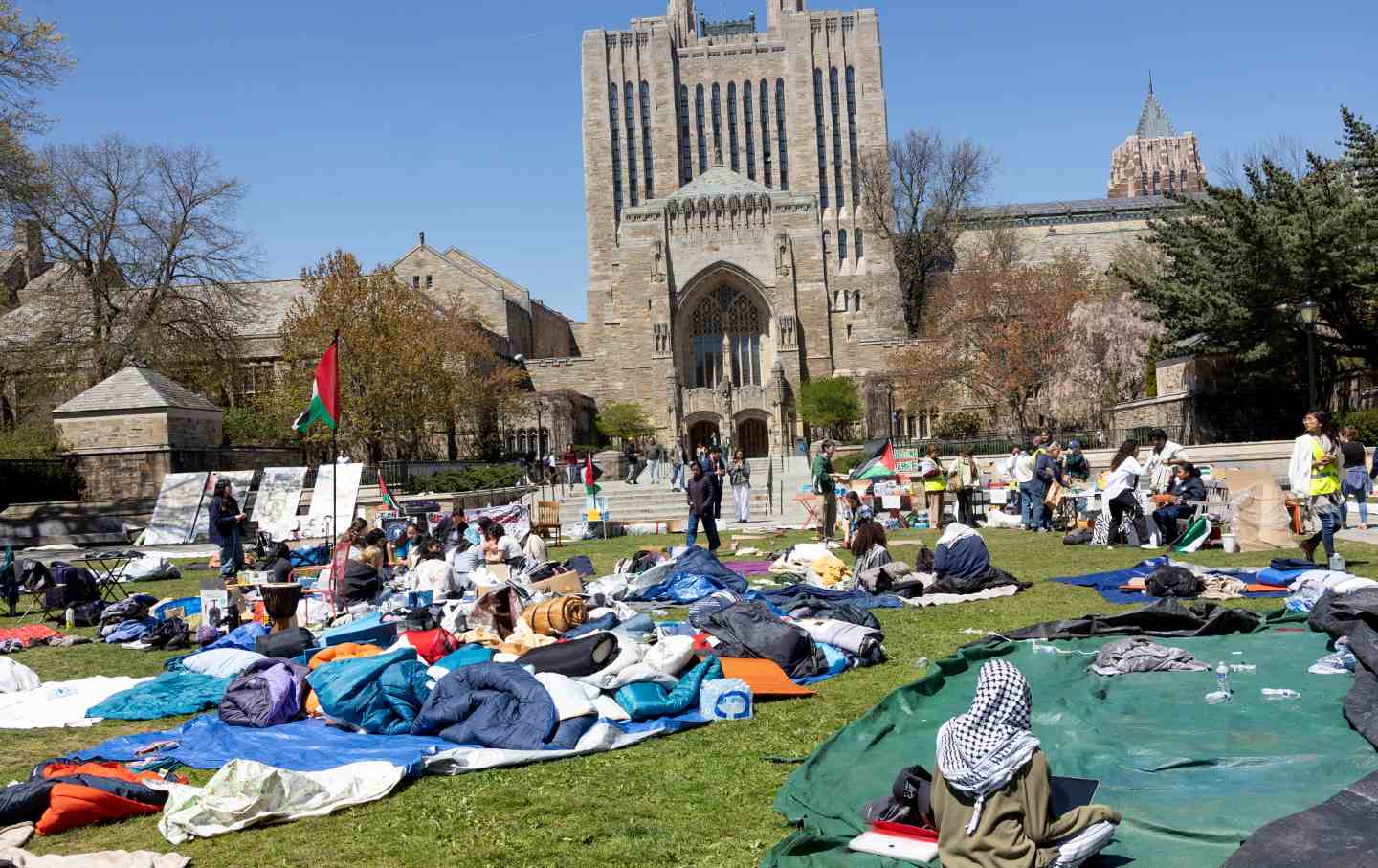
The potential next president and his allies are looking at the campus-led crackdown on free speech as a perfect dress rehearsal.
Gregg Gonsalves
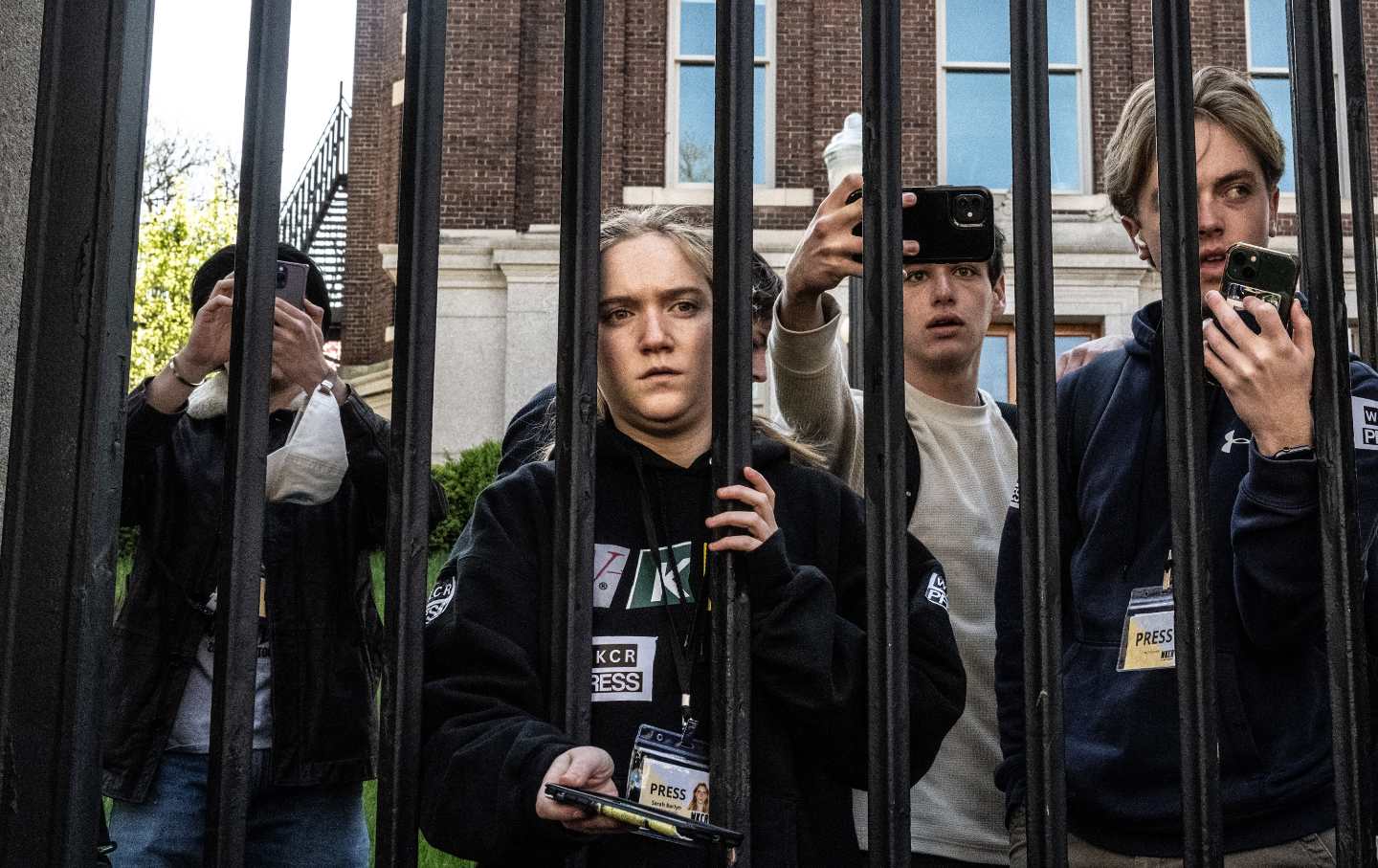
While the mainstream media repeatedly mischaracterizes pro-Palestine protests on campus, police and university administrations are attempting to repress the student press.
StudentNation
/
Amber X. Chen
![]()
The industry-friendly skies… Cuba libre… Bosses are getting the boot, too…
Letters
/
Our Readers
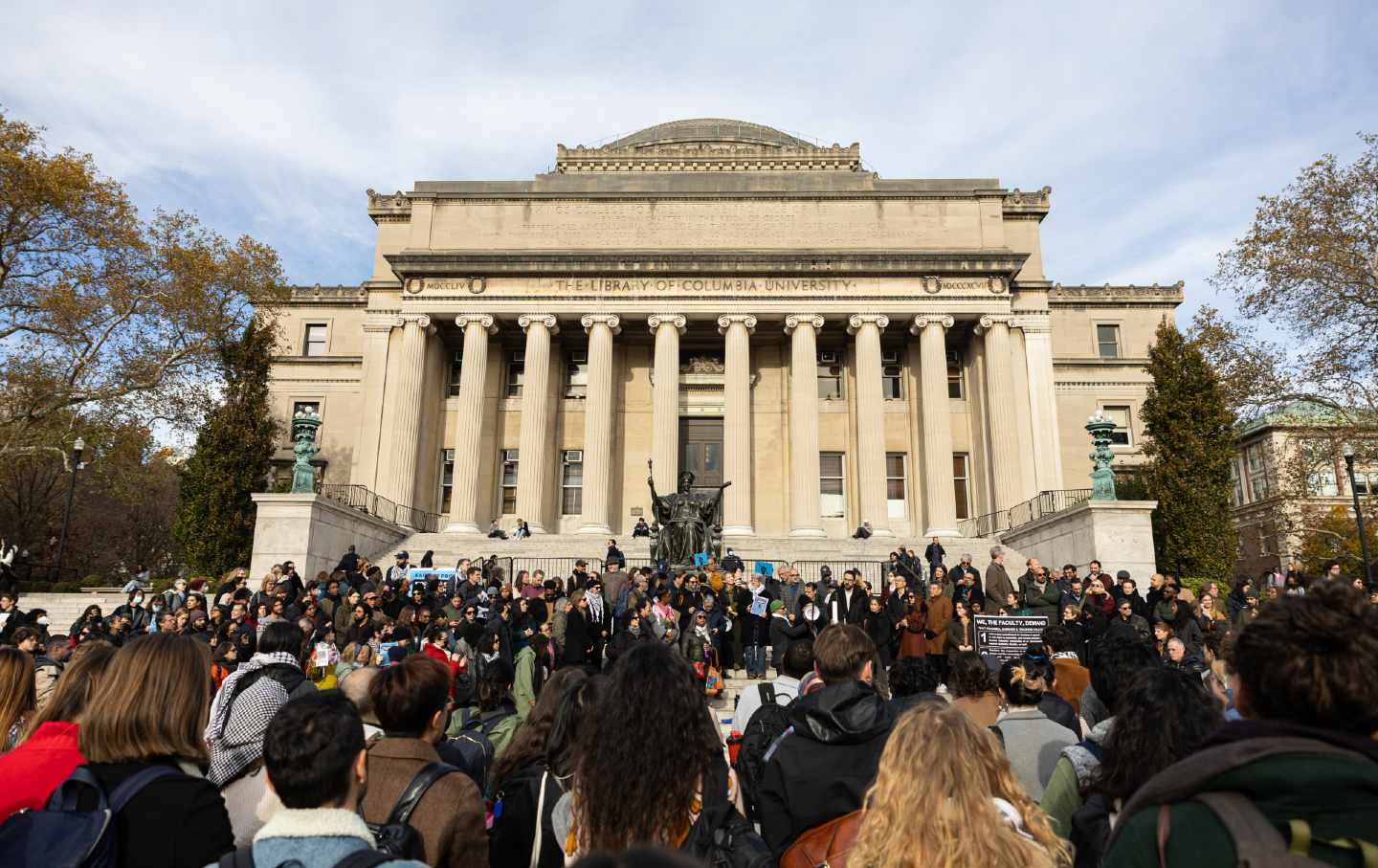
Columbia has tossed aside the mission at the heart of undergraduate liberal arts education: preparing student to be citizens in a pluralistic democracy.
Joseph A. Howley

Restrictive laws don’t just take away the right to choose, say physicians and ob-gyns, but also prevent proper treatment of pregnancies.
Column
/
Katha Pollitt
[ad_2]